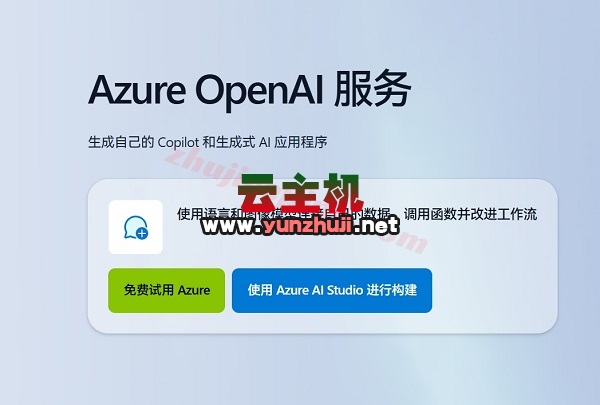Tengine Upstream Overview
(图片来源网络,侵删)Tengine, an Nginxcompatible web server developed by Tencent, offers a robust upstream module that enables load balancing and reverse proxying. The upstream module is crucial for maintaining high availability and performance in web applications. This article will provide a comprehensive overview of the Tengine upstream feature, covering its configuration, directives, and practical use cases.
Understanding Upstream
The upstream module in Tengine allows you to define a group of servers that can be used for load balancing or as a backend for a reverse proxy. When an HTTP request arrives at the Tengine server, it can forward the request to one of the servers defined in the upstream group based on certain criteria.
Upstream Configuration
To configure upstream in Tengine, you need to use the upstream directive inside the http block. Here’s a basic example:
http {
upstream backend {
server backend1.example.com;
server backend2.example.com;
}
server {
location / {
proxy_pass http://backend;
}
}
}
In this example, we have defined an upstream group called "backend" with two servers: backend1.example.com and backend2.example.com. The proxy_pass directive is used to forward requests to the upstream group.
Upstream Directives
Tengine provides various directives to finetune the behavior of the upstream module. Some commonly used directives include:
* server: Defines a server within the upstream group. You can specify the server’s address and port.
* weight: Assigns a weight to each server, which affects the probability of the server being selected for handling requests.
* max_fails: Specifies the maximum number of consecutive failures a server can have before it is considered down.
* fail_timeout: Defines the duration during which a server is considered down after exceeding the max_fails value.
* backup: Marks a server as a backup server, which will only receive requests when all other nonbackup servers are down or busy.
Load Balancing Methods
Tengine supports several load balancing methods that can be specified using the ip_hash, least_conn, round_robin, and consistent_hash directives. Each method has its own advantages and use cases, and you can choose the one that best suits your needs.
Practical Use Cases
The Tengine upstream module is widely used in various scenarios, such as:
* Distributing traffic across multiple backend servers to ensure high availability and scalability.
* Implementing health checks to monitor the status of backend servers and automatically remove unhealthy servers from the pool.
* Using different load balancing methods to optimize resource utilization and response times.
FAQs
Q1: How can I add a new server to an existing upstream group?
A1: To add a new server to an existing upstream group, simply include the server’s address and optionally any additional directives within the upstream block. For example:
upstream backend {
server backend1.example.com;
server backend2.example.com;
server backend3.example.com; # New server added here
}
Q2: How can I enable health checks for my upstream group?
A2: To enable health checks for your upstream group, you can use the health_check directive along with related options like health_check_interval, health_check_timeout, etc. Here’s an example:
upstream backend {
health_check;
health_check_interval 30s;
health_check_timeout 5s;
health_check_uri /healthz;
health_check_method GET;
server backend1.example.com;
server backend2.example.com;
}
In this example, Tengine will send a GET request to /healthz on each backend server every 30 seconds and consider the server unhealthy if it doesn’t respond within 5 seconds.

 云主机测评网
云主机测评网


















最新评论
本站CDN与莫名CDN同款、亚太CDN、速度还不错,值得推荐。
感谢推荐我们公司产品、有什么活动会第一时间公布!
我在用这类站群服务器、还可以. 用很多年了。